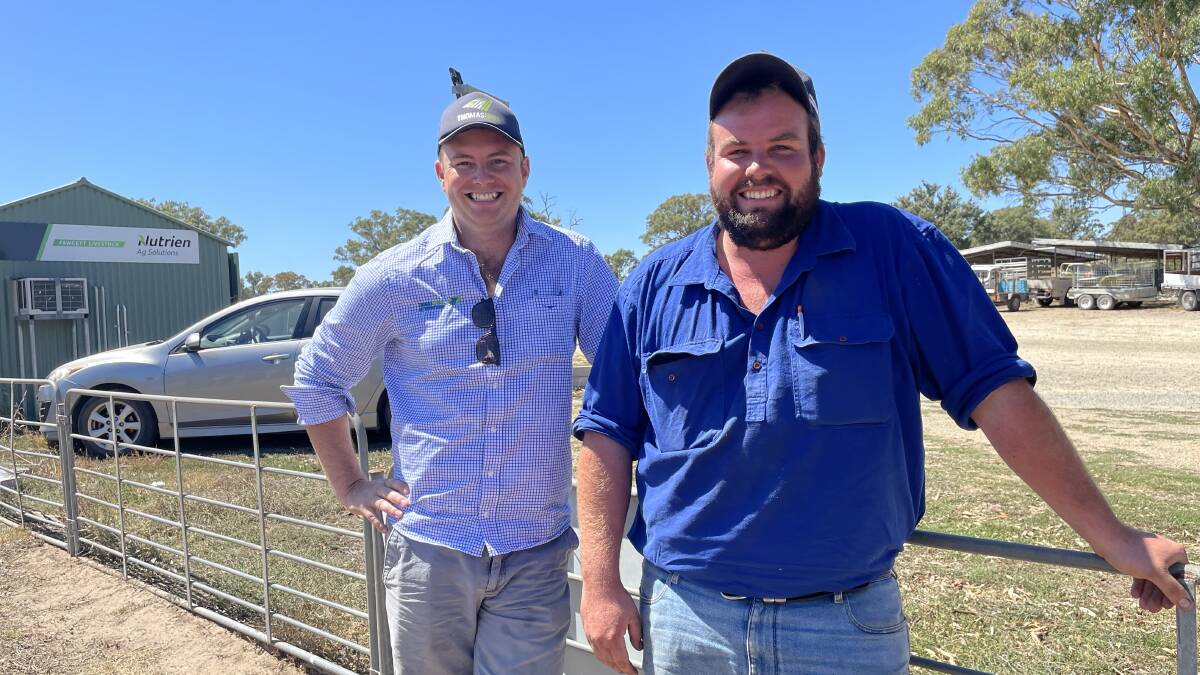
Lamb prices have continued to ease at saleyards across the nation as buyer demand tapers off.
Subscribe now for unlimited access to all our agricultural news
across the nation
or signup to continue reading
At the close of trade on Monday, heavy lamb had dipped 21c in the national indicator over the past week to 755c/kg, light lamb was down 17c to 765c and trade lamb lost 18c to sit at 771
Mutton gained 23c to reach 568c, restocker lamb gained 5c to 865c and Merino lamb was up 3c to 683c.
All national indicators experienced drops on year ago pricing, ranging from 46c for heavy lamb, right up to 123c for mutton.
Thomas Elder Markets analyst Matt Dalgliesh said additional volumes at saleyards were having an effect on price.
"We will start to see the weight on pricing starting to dissipate into May... I wouldn't be surprised if we were about a month away from the market bottoming out for this season and then we start that climb into the winter period when supplies are quite tight and there is that competition," he said.
Mr Dalgliesh said the last fortnight has seen Victorian lamb yarding levels increase above 70,000 head.
"These levels are nearly 36 per cent higher than the average pattern seen during this time of the season according to the five-year trend," he said.
"Producers looking to offload prior to the Easter break and Anzac Day disruption to saleyards and processing sector.
"The higher Victorian lamb volumes have pushed east coast lamb yarding levels to around 20pc above the normal seasonal pattern over the last fortnight."
MORE READING:
MLA market information analyst Ripley Atkinson said the price falls were reflective of reduced buyer demand from processors relating to labour force issues.
"On the back of that there were a number of favourable forward contracts that were offered or released in late 2021 or early 2022 that were subscribed to fairly quickly," he said.
"Most of those contracts were filled, now the processor buyer at the saleyards can be more selective with the quality of those lambs they are purchasing rather than having to buy big volumes."
Mr Atkinson said the public holidays throughout April would lead to a fairly substantial reduction in slaughter throughput.
"If you look at that historical data between the Easter Monday and Anzac Day period each year, particularly in lambs which we know are a lot more volatile in terms of price changes on a daily basis compared to the cattle market, it will play a role in pricing," he said.
"We're moving into that next stage into autumn and winter and we know there's a significant number of lambs around at the minute which still haven't been able to be processed."
Start the day with all the big news in agriculture! Sign up below to receive our daily Farmonline newsletter.


